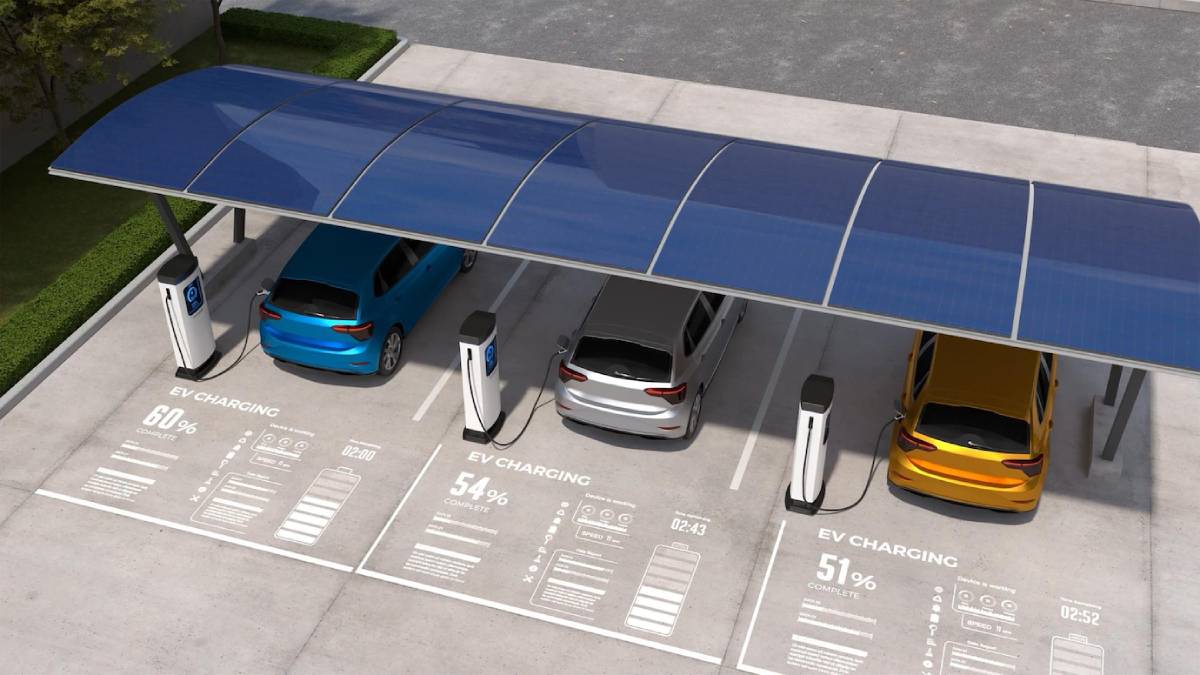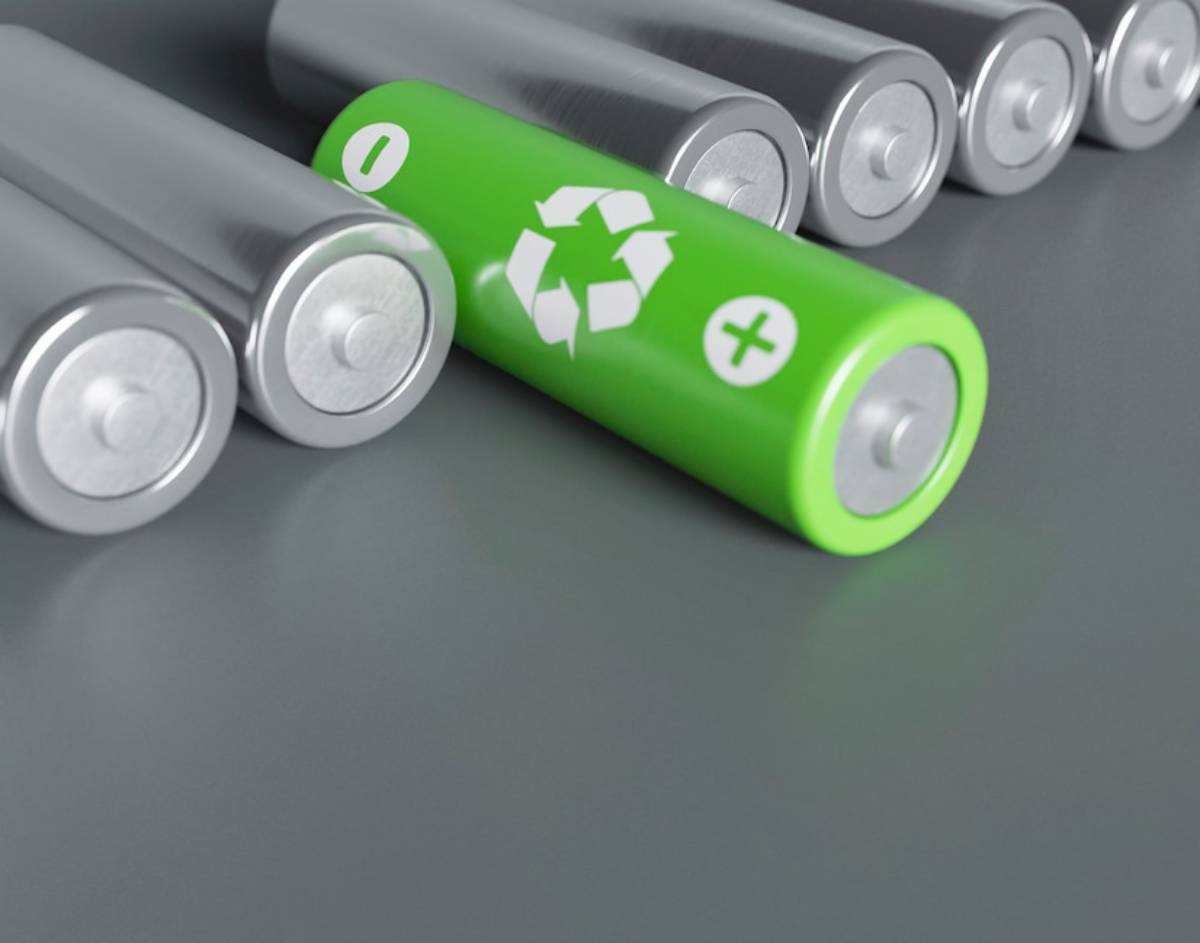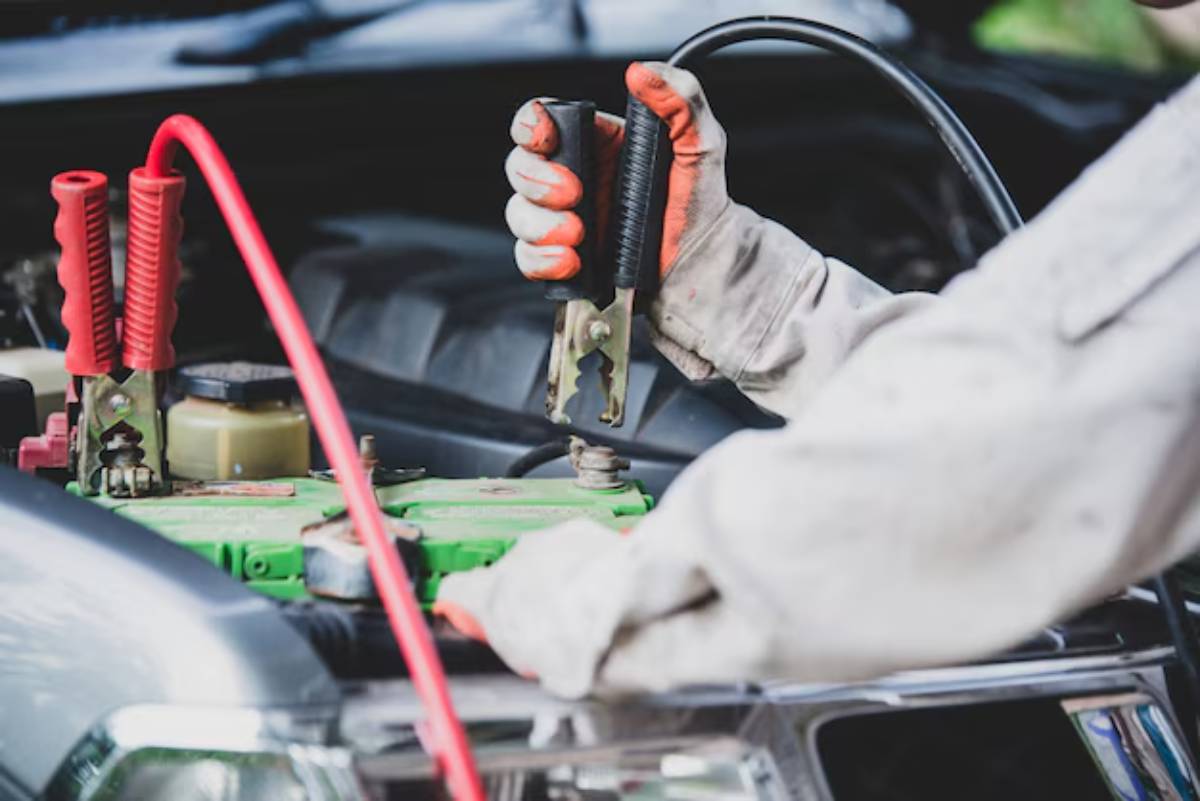
The Rise of Battery Swapping Stations: A Game Changer?
The global shift to electric vehicles (EVs) sparks exciting innovations in charging tech. Among these bright ideas is battery swapping for EVs—a creative alternative to plug-in charging. But could this be the future of EV refuelling? This article dives into how battery swapping works, exploring its perks, pitfalls, and potential as one of the swiftest EV charging solutions.
What is Battery Swapping for EVs?

Battery swapping is a game-changer for electric vehicle enthusiasts. At specialised stations, depleted batteries vanish, replaced by fully charged companions. Forget the hours spent tethered to a charger; with battery swapping, downtime shrinks faster than a tyre on a hot pavement. Drivers glide in, swap out their weary batteries, and zoom off in mere minutes, reigniting their journey without missing a beat.
How Battery Swapping Works
- Arriving at a swapping station – The driver arrives at a battery swapping station. It has robots that replace the battery.
- Automated battery removal – The station detects the EV model and takes out the used battery.
- Installing a fresh battery – A fully charged battery is placed into the vehicle in under five minutes.
- Battery diagnostics and optimisation – The system checks that the new battery works well and is optimised for performance before the driver continues their trip.
- Recycling and recharging – The old battery goes into storage. It gets recharged and checked for quality before use again.
The Advantages of Battery Swapping

1. Speed: One of the Fastest EV Charging Solutions
Charging the old-fashioned way can stretch from 30 minutes to several hours. But with battery swapping, it’s a lightning-quick under 5 minutes to refuel. This innovative method is the speedster of EV charging solutions. Fleet operators, taxi drivers, and long-haul adventurers love it for its rapid turnaround.
2. Reduced Dependency on Charging Infrastructure
Battery swapping tosses aside those tedious charging marathons. It cuts down congestion at public charging stations like a hot knife through butter. This innovative method taps into renewable energy, charging batteries at night when demand dips. Plus, these swapping stations are real estate ninjas, requiring less space than traditional charging hubs. They’re a smart solution, easing urban space woes while boosting efficiency.
3. Lower Initial EV Costs
Electric vehicle owners can breathe easier without hefty battery prices. Battery swapping allows you to dodge that expensive upfront cost. Instead, embrace a battery subscription model akin to leasing. Pay a monthly fee for battery usage, and voilà! This savvy approach opens the doors of EV ownership wider. By easing financial constraints, we make electric vehicles accessible to all.
4. Increased Battery Longevity
Battery swapping stations are the guardians of your energy source. They keep batteries well-tuned and fully charged, extending lifespan while minimising degradation. Unlike fast-charging methods that overheat, swapping offers a cool solution. Our skilled professionals carefully monitor and pamper each battery. This meticulous care ensures your batteries thrive, remaining in peak condition. Plus, it eases worries about wear and tear, which often varies among EV users.
5. Potential for Second-Life Battery Applications
g stations keep a vigilant eye on batteries, they’re ripe for reinvention. Rather than being tossed aside after their automotive adventures, these power sources can embrace a second life. Picture them fueling grid storage, powering renewable energy backups, and lighting up off-grid solutions. This approach extends battery life and nurtures a greener energy future.
Challenges of Battery Swapping

Despite its potential, battery swapping faces several challenges:
- Standardisation Issues – Different EV manufacturers use varying battery designs, making universal swapping difficult. Without a common battery standard, automakers might hesitate to use systems that don’t work with their own battery technology.
- Infrastructure Investment – Setting up battery swapping stations needs a lot of money. This includes costs for robotic technology, battery storage, and logistics. Governments and private investors need to fund big battery-swapping projects. This will help make battery swapping a common solution.
- Consumer Acceptance – Many EV owners are used to plug-in charging. So, they might be hesitant to switch to swapping. Some consumers are concerned about battery quality and ownership. They won’t own a battery; instead, they’ll depend on shared resources.
- Battery Availability and Logistics – A good battery swapping system needs a constant supply of fully charged batteries. Managing battery logistics is a tough challenge. It’s important to ensure batteries are available at all swapping stations.
The Future of Battery Swapping for EVs
Countries like China and India are at the forefront of battery swapping. Companies such as NIO and Gogoro are launching extensive swapping networks. In China, NIO’s Power Swap Stations empower EV drivers to swap batteries in just three minutes. Remarkably, they’ve already achieved over 20 million swaps by 2024. Meanwhile, India is charging ahead, rapidly boosting swapping infrastructure. This is especially true for two-wheelers and three-wheelers, where battery standardisation is a breeze to implement.
Global Expansion and Standardisation
If automakers and policymakers work together on standard battery designs, battery swapping could become popular worldwide. Standardization would let many EV brands share the same battery-swapping system. This makes it easier to use on a larger scale.
Role of Government Policies
Government incentives and regulations will play a crucial role in the expansion of battery swapping.
Policymakers can boost adoption by:
- Providing subsidies for swapping stations.
- Offering tax incentives for battery subscriptions.
- Setting industry standards for battery compatibility.
Integration with Smart Grids
Battery-swapping stations can join smart grids, helping energy companies better balance electricity demand. Swapping stations can contribute to a more stable and sustainable energy system by charging and discharging batteries based on grid demand.
Conclusion: Will Battery Swapping Become Mainstream?
Battery swapping shines with promise, yet its path to prominence faces hurdles. Standardisation and infrastructure challenges must be met head-on for success. This fast EV charging solution is great for taxis, fleet vehicles, and drivers covering many miles. These individuals crave quick refuelling, and battery swapping can deliver. By joining forces, governments and automakers can revolutionise how we power EVs. This synergy could make electric mobility a breeze—convenient, affordable, and truly sustainable.


